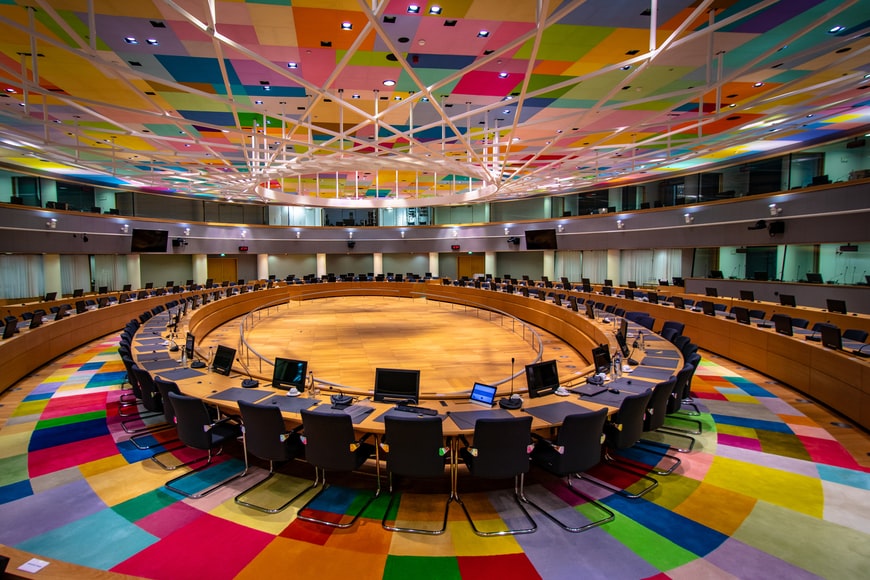Member-State based Political Communication in the European Union
Johannes Bartelt, Mariano de Franco & Felix Mihalek (2020)

Abstract:
This research project looks at the communication approach of the European Union. Due to the limited amount of academic literature on the topic, this paper offers a first-cut empirical analysis that provides a thick description and contextualisation of the state-of-affairs. descriptive and partially analytical fundamental work. The communication practice is approached through the European Parliament Liaison Offices and the Commission Representations, which are the representational bodies for the European Parliament and the European Commission in the EU Member States. The work of these bodies has been identified as integral to the EU’s communication with the European public. Through several expert interviews with officials of the representational bodies, a compilation of EU documents, activity reports, strategy papers, and theories of political communication, a comprehensive depiction of the structures that facilitate communication in the EU was established. The research results that the EU communicates in a partially decentralised system that informs citizens and simultaneously enables them to give feedback. Information and messages are formulated centrally and then distributed nationally through the Offices, always adapted to fit the national context of the respective Member State. There is deliberate cooperation between the European Parliament and the European Commission on paneuropean issues and occasionally for pragmatic reasons. However for practical and political reasons no singular comprehensive communication policy exists and instead various separate and different approaches regulate communication in the European Union.
To read the summary of the Master Project, click here.